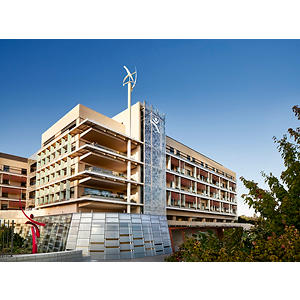Alice Bertaina, MD, PhD, Visiting
Professor
Hematology-Oncology
Lucile Packard Children's Hospital Stanford (West Building)
725 Welch Road
Palo Alto, CA 94304
Phone:
(650) 497-8953
Fax:
(650) 724-1164
Locations

Work and Education
Professional Education
University of Pavia, Pavia, Italy, 07/22/2005
Residency
University of Pavia, Pavia, Italy, 10/31/2010
Board Certifications
Internal Medicine, Ordine dei Medici Chirurghi e degli Odontoiatri della provincial di Pavia, 2006
Languages
English
French
Italian





Connect with us:
Download our App: